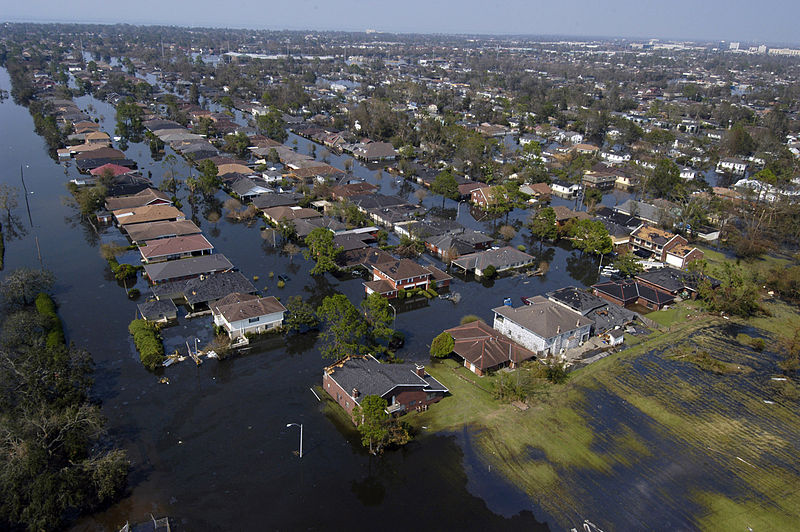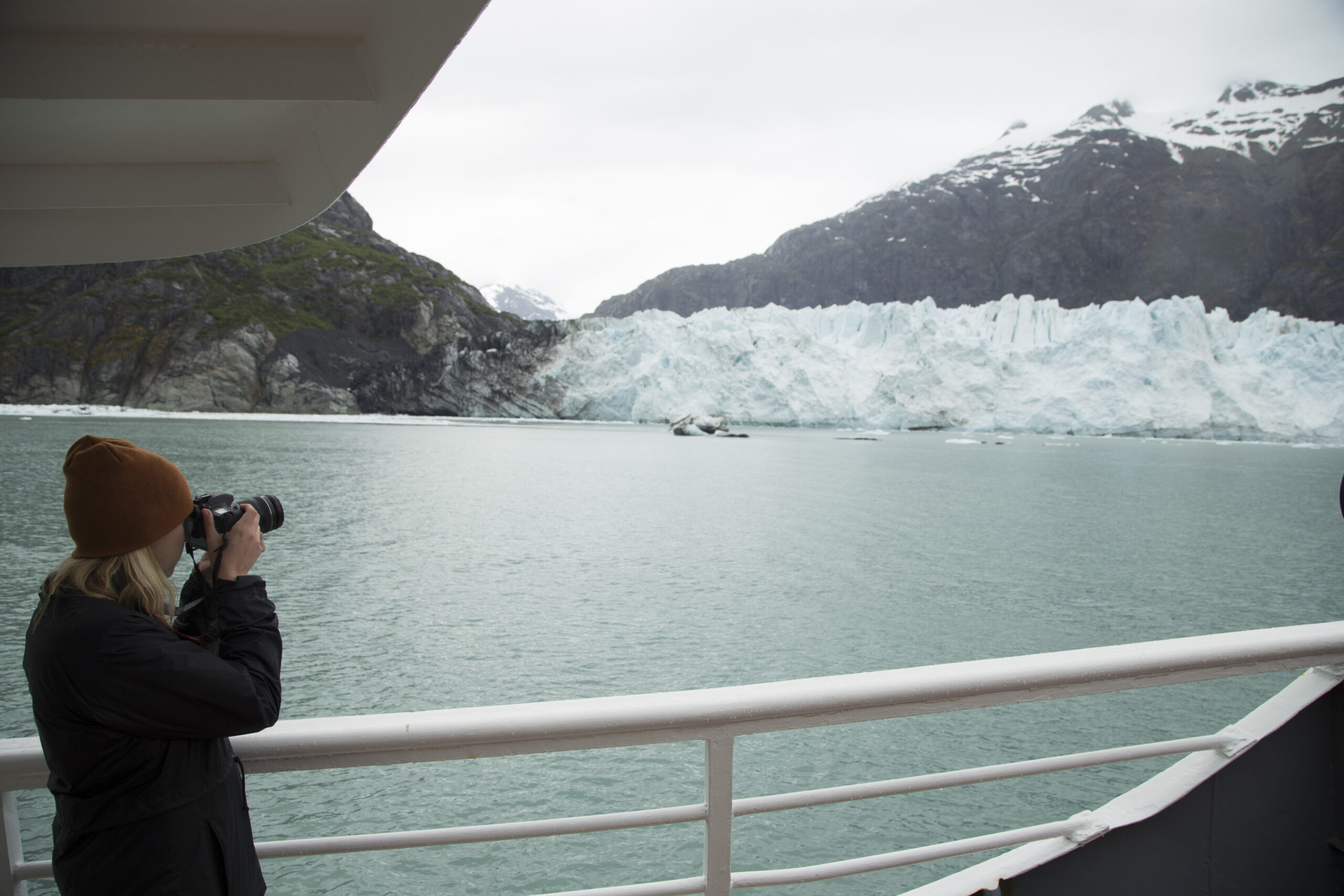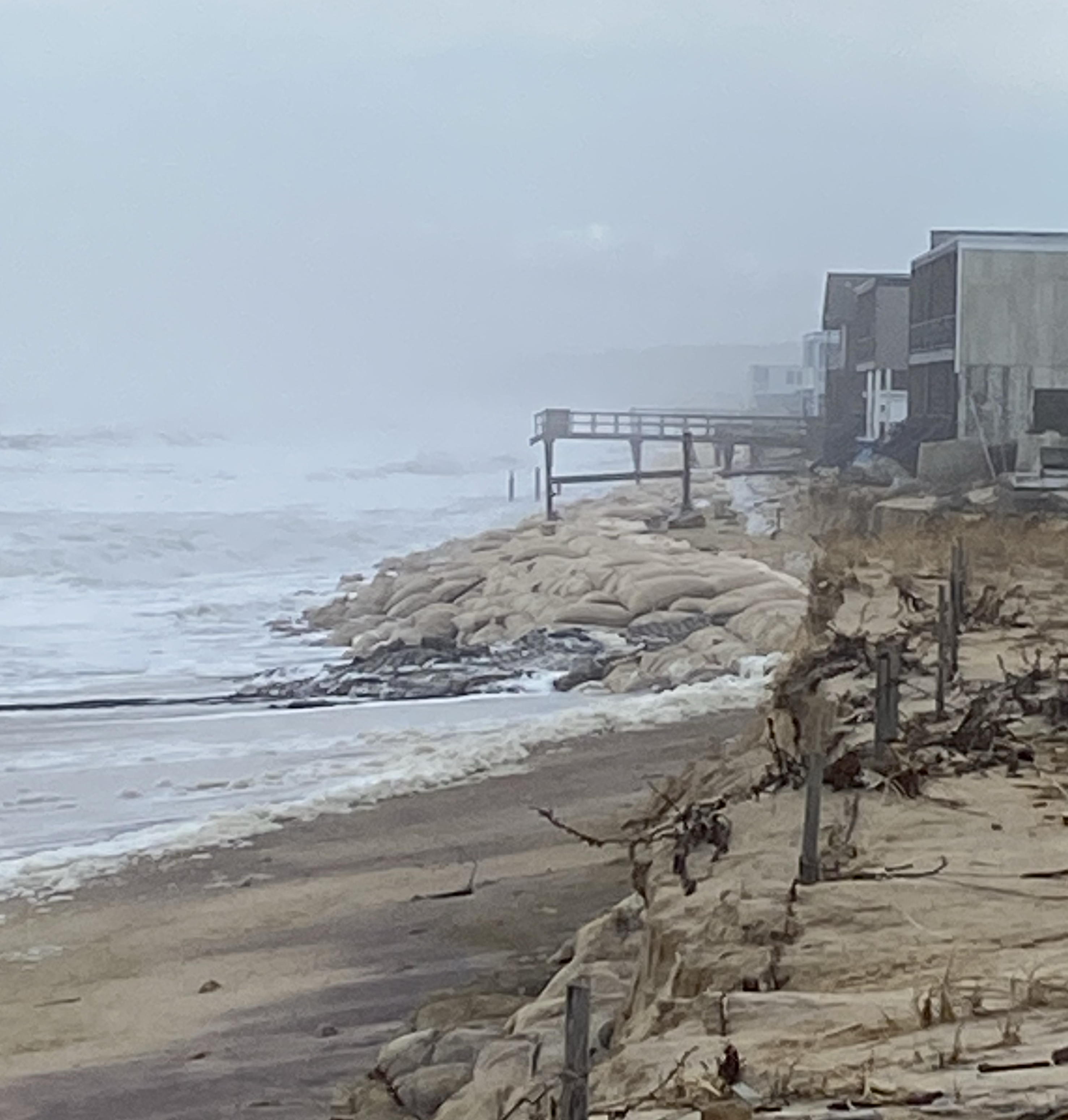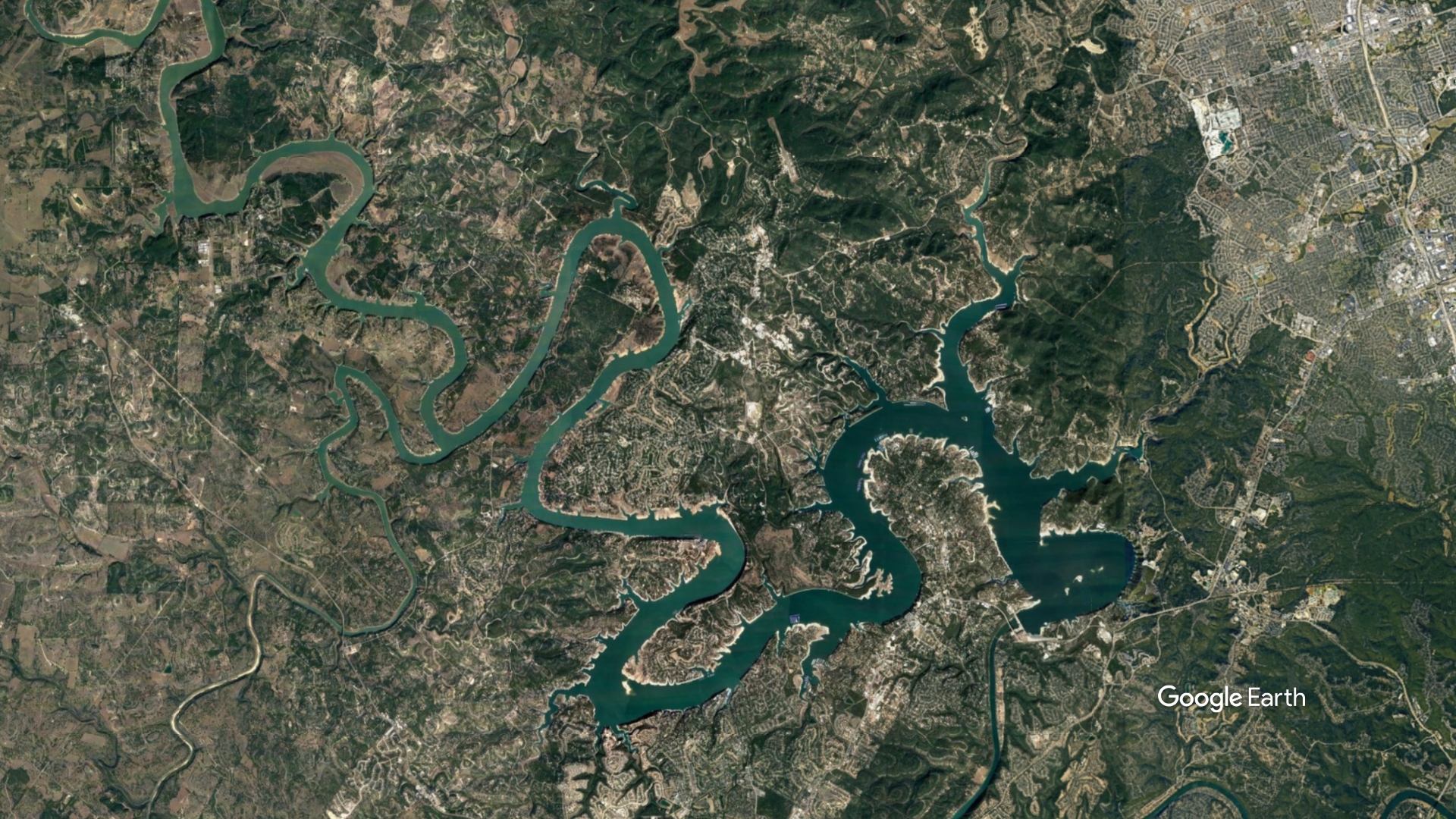
Throwback Thursday: Hurricane Katrina’s Impact

This August marks the 10-year anniversary of Hurricane Katrina, which remains one of the deadliest and costly hurricanes to ever hit the United States. When the hurricane hit, the resulting surge breached the levees of New Orleans and caused flooding in 80 percent of the city. Katrina’s environmental impact continues today: the region’s wetlands were heavily damaged, and many coastlines were rearranged as beaches were washed into the sea and dunes leveled. Thousands of homes, businesses, factories and other infrastructure were damaged, broken into enormous piles of solid waste, and toxic chemicals and heavy metals were released from destroyed household bottles, industrial drums, shattered pipes and more. Oil and gas also were spilled from broken ships, toppled drill rigs and vehicles. It resulted in 1,800 confirmed fatalities and one million people displaced over six states, and $108 billion in damages. As New Orleans resident and comedian Harry Shearer explains in a compelling interview with Planet Forward, extreme weather events now occur more frequently than ever before. This means that communities must now adapt to risks of water contamination, flooding and sea level rise. Supporting innovations in green infrastructure is a good place to start.
(Image at top: Flooding in New Orleans four days after Hurricane Katrina made landfall on the Gulf Coast. Credit: U.S. Navy photo by Gary Nichols/Wikimedia Commons)























